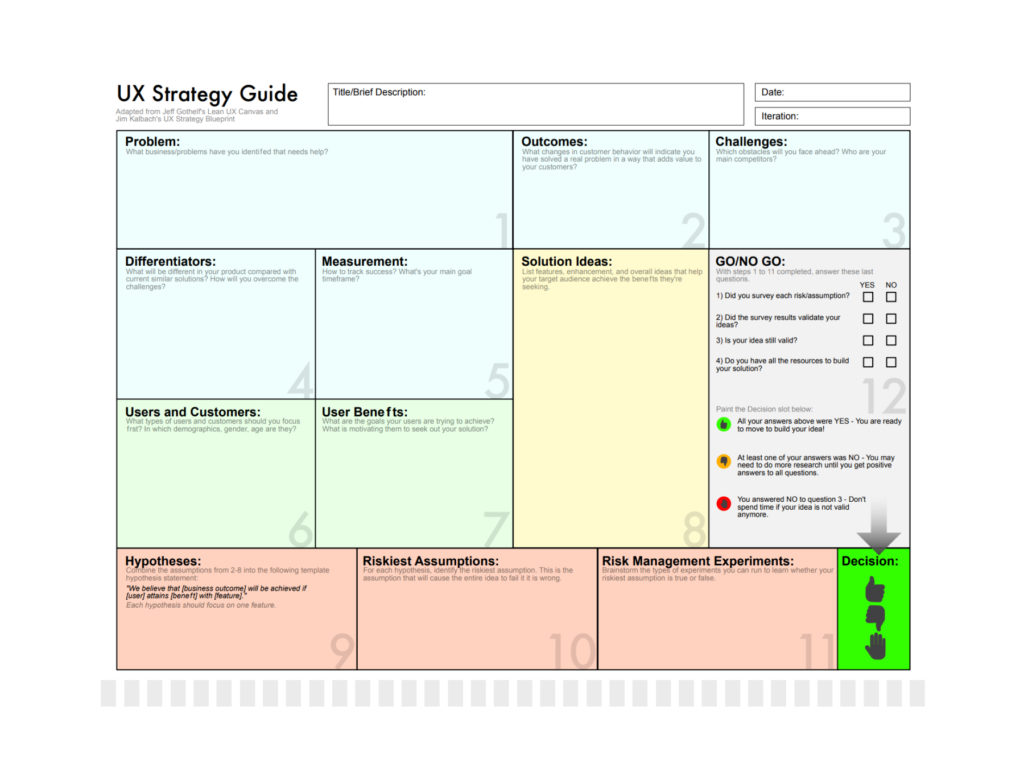*This is a review article and most of the information is provided by Jamie Levy’s UX Strategy book.
Long term value of UX development is crystal-clear but where does the UX Strategy fit in the big UX umbrella, and why do we need it?
UX strategy fits in between business strategy and UX Design; they are not directly interconnected, but they benefit from each other.
The term “UX strategy” first appeared on Indi Young’s Mental Models book (Levy, 2015). There are a lot of theoretical concepts for what UX strategy intends to do and why it matters but first we should understand what UX strategy is not. Understanding the misinterpretations provide a context to eliminate idle concepts about the subject and create a contrast.
UX strategy is not setting a north star
The north star is “fixed” in the sky when you look above at night. It’s not the brightest star in the galaxy and not in the Milkyway either. The north star analogy in the digital age can be a fixed goal that traditional large companies set for themselves. That goal is planned to accomplish in the long term, usually with a slow-paced team. However, what if your goal is to create a digital product in a market full of uncertainties? At this point, you need an agile methodology to develop that product which means you need to create the prototype, feedback loops, and iterate. According to this, you don’t need a north star, you need a flexible point that you can follow every time your product positioning changes.
UX strategy is not “a perfect way” to perform UX design
UX design and UX strategy are different things. When you create an experience, centered around the users’ needs, you create something for the real world. When you are building strategy, you are creating a context for the game that is going to be played. means that you are providing a roadmap where and how the design fits. UX strategy is a “product” for “user experience”. The first thing that UX strategists do is to assist stakeholders, conduct competitor and potential customer research for the product, and distill the results to produce a solid strategy. They also think about the product costs, pricing strategy, and how it is going to be differentiated for different customer segments.
UX strategy is not just a product strategy
We talked about the UX strategist role and how they make business decisions about the product and how they create a roadmap for the future requirements according to the context. According to this information, product strategy and UX strategy may look similar to you, however, they are as different as creating a real-world shopping experience and online shopping experience. The people who design the two different contexts encounter different issues to solve.
UX strategy goes beyond a single digital product or service. It is about uniting the whole online experience. There are dozens of services, platforms and products, and UX strategists interconnect all the digital interface ecosystems.
For example, if we think about Apple products; they carefully consider how the iMac, iPod, the physical Mac Store, iTunes, iCloud connect, and communicate with each other.
UX strategy is not the brand strategy
Brand strategy decides who you reach and how you reach them with your brand message. UX strategy and brand strategy help each other become more reliable. A poor brand message may not decrease the value of UX, but a poor user experience can definitely decrease the brand value. A product needs good UX no matter what.
So what is the UX strategy? It is a process that should be prioritized before any creation (ex: design, development). It is a vision of a solution that needs to be validated with the real users to test what is needed and wanted in the market. It is a high-level plan for the product experience. This plan strategizes how you should go to the desired point by considering the current position. Therefore, a good strategy is mindful of weaknesses as well as strengths.
There are templates of Jeff Gothelf’s Lean UX Canvas and the UX Strategy Blueprint by Jim Kalbach. You can implement your strategy with these templates by recognizing risks, possibilities and problems. They can also help to create a solid decision-making process for everyone in the team.
As SHERPA, we build UX Strategy before we start our projects. We use our user-centered design canvas and UX strategy blueprint to create a roadmap and identify significant points for the project and also stakeholders.

References
